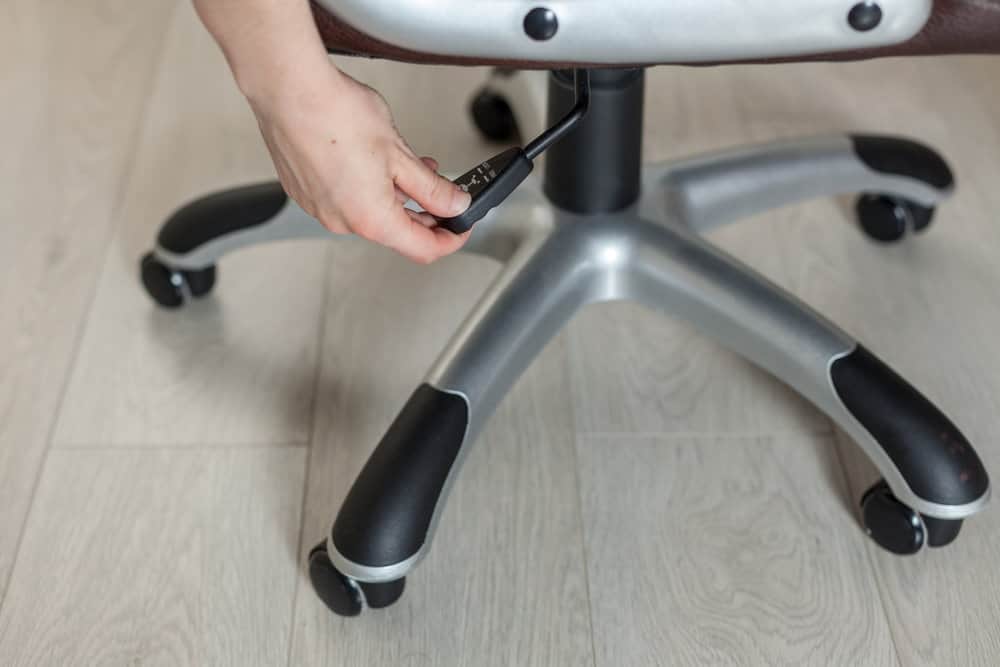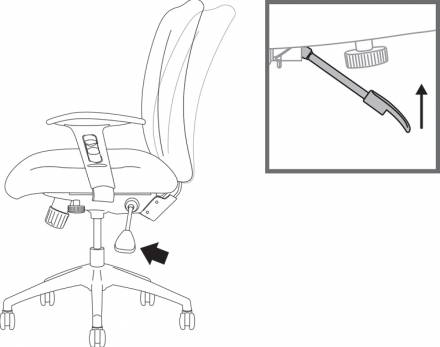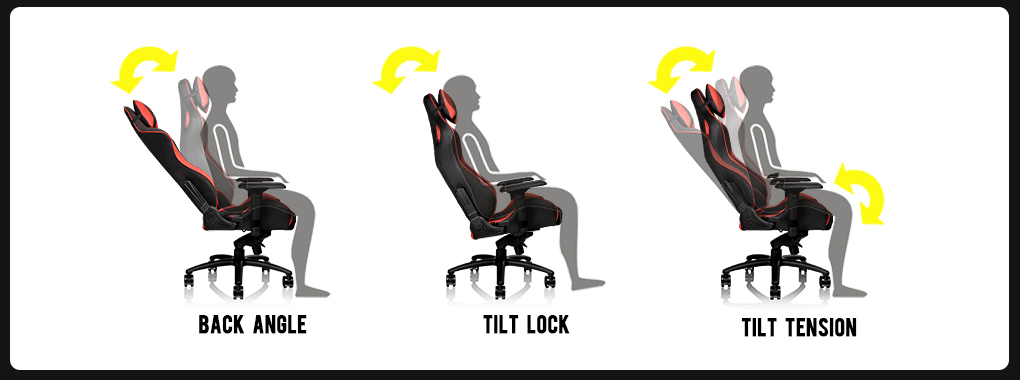Physical Address
304 North Cardinal St.
Dorchester Center, MA 02124
Physical Address
304 North Cardinal St.
Dorchester Center, MA 02124

This feature allows you to change the angle of the backrest in relation to the seat, providing enhanced comfort and reducing pressure on the lower spine. This article delves into the science of back angle adjustment, its impact on spinal health, and the latest trends in ergonomic design.

Finding a comfortable sitting position is crucial for maintaining spinal health during prolonged periods in a chair. The angle of your chair’s backrest plays a key role in reducing strain on the structures of the spine by enabling you to recline slightly and vary your posture.
This article will provide a comprehensive overview of how adjusting your backrest impacts comfort and spinal wellbeing. We’ll cover optimal back angles for different seating positions, the relation to spinal anatomy, latest ergonomic trends and tips for customizing any chair to improve support.
The angle of your backrest affects how far you can recline, which allows movement of the spine to avoid static postures. Sitting completely upright in a 90-degree position for hours on end places excessive stress on the intervertebral discs and surrounding ligaments.

As you recline backwards, the angle between your torso and thighs opens up, relieving pressure on the lumbar spine. This reduces the load on the front of the discs and allows the back structures to relax.
Varying between upright and moderately reclined postures is optimal for spinal health. The latest ergonomic guidelines recommend alternating between sitting upright, reclining at 120-135 degrees, and taking standing/walking breaks every 30 minutes.
To understand why adjustable backrests and lumbar supports are vital for comfort, we must first consider spinal anatomy.

1. Multi-Dimensional Adjustability
Today’s ergonomic chairs allow you to customize backrest tilt, height, lumbar depth, and even headrest positioning. This caters to varying user proportions and sitting preferences.
2. Breathable Mesh Backs
Mesh materials enhance airflow and flexibility compared to cushioned panels. They conform closely to the contours of the spine, improving comfort for long durations.
3. Inbuilt Lumbar Support
Rather than lumbar cushions that shift out of place, newer chairs have adjustable lumbar mechanisms built into the backrest. These provide height/depth adjustments to cradle the natural curve of your lower back.
While investing in an ergonomic office chair is ideal, you can optimize any existing chair with some simple adjustments:
1. Recline Slightly
Reclining your backrest between 120-135 degrees helps significantly reduce spinal disc pressure and muscular tension. This opens up the hip angle as well.
2. Align Lumbar Support
Adjust the backrest height to fit the chair’s lumbar support to the curve of your lower back. Having proper height and depth here prevents slouching.
3. Elevate Feet
If your chair doesn’t allow you to keep feet firmly planted when reclining, use a foot stool to avoid pressure build up behind the knees.
4. Try a Towel Roll
In chairs lacking lumbar adjustment, roll up a towel and place in the lower back region to reinforce the lumbar curve.
5. Take Movement Breaks
Set a vibrating timer to remind yourself to stand, stretch and walk for 1-2 minutes every 30 minutes. This boosts spinal blood flow.
Investing in a fully adjustable ergonomic chair is ideal for personalized comfort. But you can optimize almost any existing chair with strategic lumbar support placement and periodic reclining. Maintaining proper spinal alignment in your usual working posture is key for short and long term wellness.
Sitting with inadequate lumbar support and restricted back movement has severe consequences over time:
This accelerates spinal degeneration and significantly raises your risk of developing chronic lower back pain.
Without proper chair back adjustments, prolonged sitting also forces the neck into sustained flexion as you gaze downwards. This contributes to frequent upper back discomfort which can progress to spondylosis in severe cases.
By proactively utilizing correct ergonomics and postural variation, you safeguard spinal structures and uphold both short and long term wellness – helping you stay productive and healthy year after year!
The J-Bar angle in a chair significantly impacts spinal health by promoting correct spinal alignment and reducing lower back strain. It ensures even weight distribution, crucial for long-term comfort and spinal well-being.
Yes, adjusting the J-Bar angle can improve posture. By aligning the spine correctly and reducing strain on key areas, it encourages a more natural, comfortable seating position, enhancing overall posture.
Not all ergonomic chairs have a J-Bar angle adjustment feature. It’s more commonly found in higher-end models that offer advanced ergonomic features for enhanced spinal support and comfort.